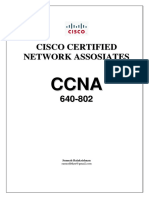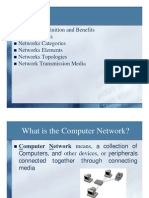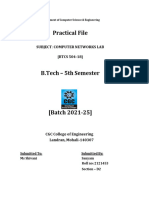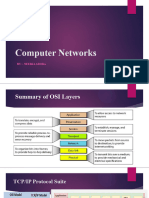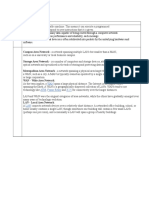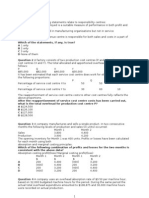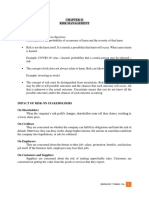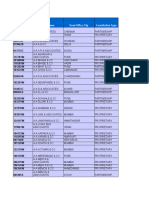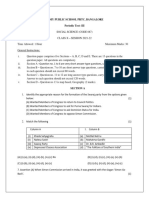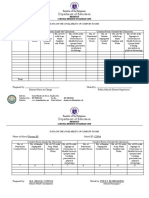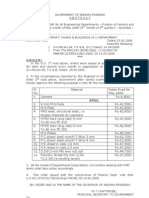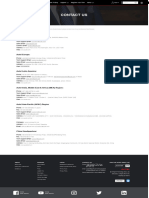0% found this document useful (0 votes)
10 views105 pagesNetwork Devices
The document provides an overview of network types, topologies, protocols, and transmission media. It discusses various network topologies such as mesh, star, bus, and ring, along with their advantages and disadvantages. Additionally, it covers protocols, standards, and the characteristics of different transmission media including twisted-pair, coaxial, and fiber-optic cables, as well as unguided media for wireless communication.
Uploaded by
dpdhore95Copyright
© © All Rights Reserved
We take content rights seriously. If you suspect this is your content, claim it here.
Available Formats
Download as PDF, TXT or read online on Scribd
0% found this document useful (0 votes)
10 views105 pagesNetwork Devices
The document provides an overview of network types, topologies, protocols, and transmission media. It discusses various network topologies such as mesh, star, bus, and ring, along with their advantages and disadvantages. Additionally, it covers protocols, standards, and the characteristics of different transmission media including twisted-pair, coaxial, and fiber-optic cables, as well as unguided media for wireless communication.
Uploaded by
dpdhore95Copyright
© © All Rights Reserved
We take content rights seriously. If you suspect this is your content, claim it here.
Available Formats
Download as PDF, TXT or read online on Scribd
/ 105

